Back in the late 1980s, I remember looking at my manual for Super Mario Bros./Duck Hunt and there being a weird mistake in it – descriptions about Princess Toadstool, King Koopa, and one other thing all got swapped around.
I didn’t think much about it until a few years ago, when I started collecting Super Mario Bros. 1 stuff from around the world:
At one point, I bought a Spanish (from Spain) copy of the game, and was surprised to find that it had a similar misprint in the manual:
After seeing this, I asked around about the same misprint that I saw in the English manual. A few people remembered the same thing, but most people had no idea what I was talking about. So I started buying English manuals off of eBay.Even after gathering a couple dozen English manuals in various forms, I still couldn’t find the misprint I remembered. So I figured maybe I was mistaken and my memory was playing tricks on me.
Anyway, a year or two later, I randomly posted about it on social media and received some replies of “yeah, I absolutely remember that”, which rekindled my hope of solving this puzzle.
I haven’t actively looked into the English manual misprint thing since then, but I thought I’d share all of this here in case someday someone can shed light on this weird unsolved mystery. Am I crazy, or is this English misprint something that actually happened and it’s just super rare?


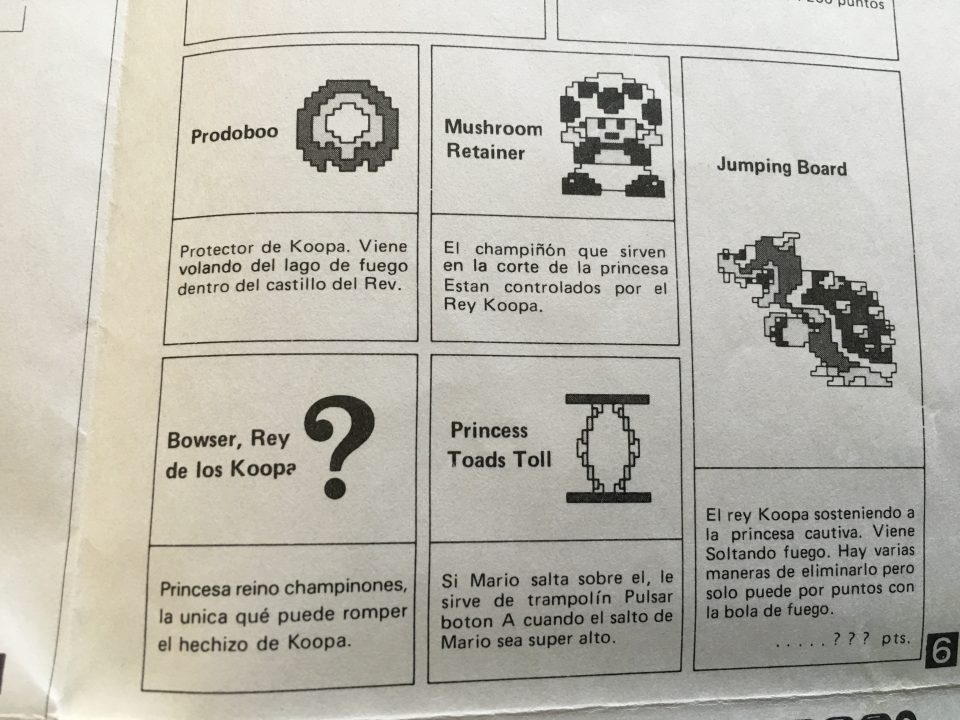
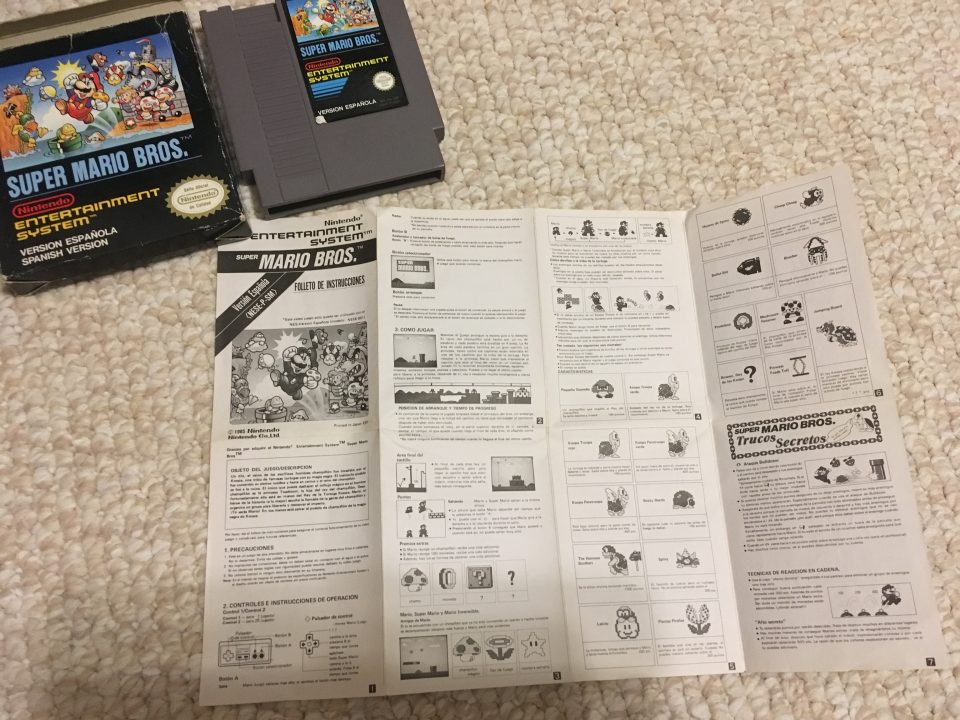
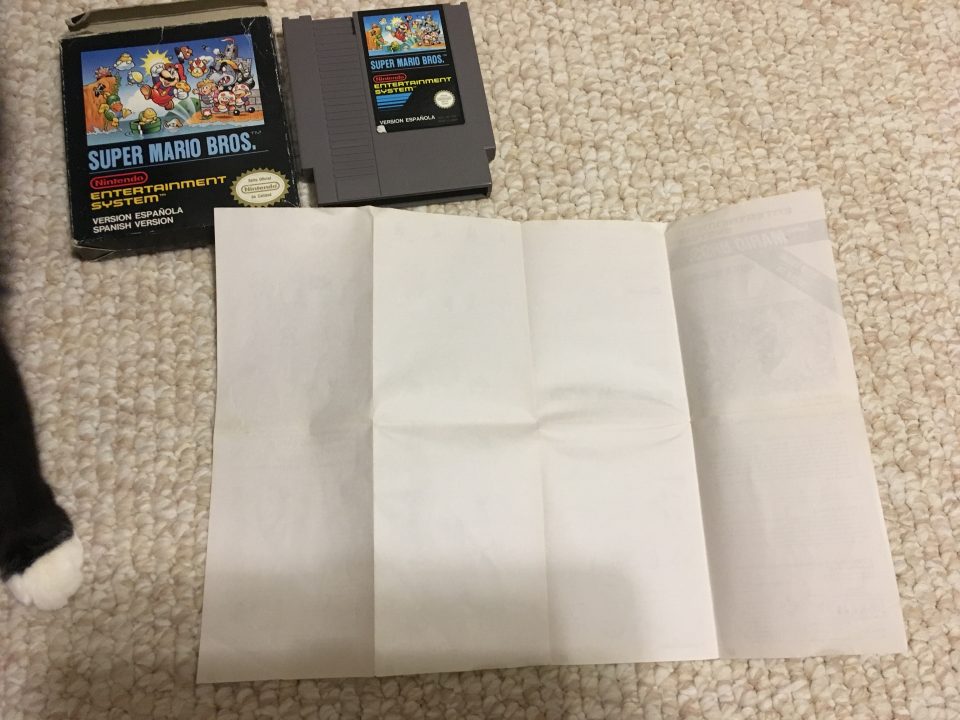
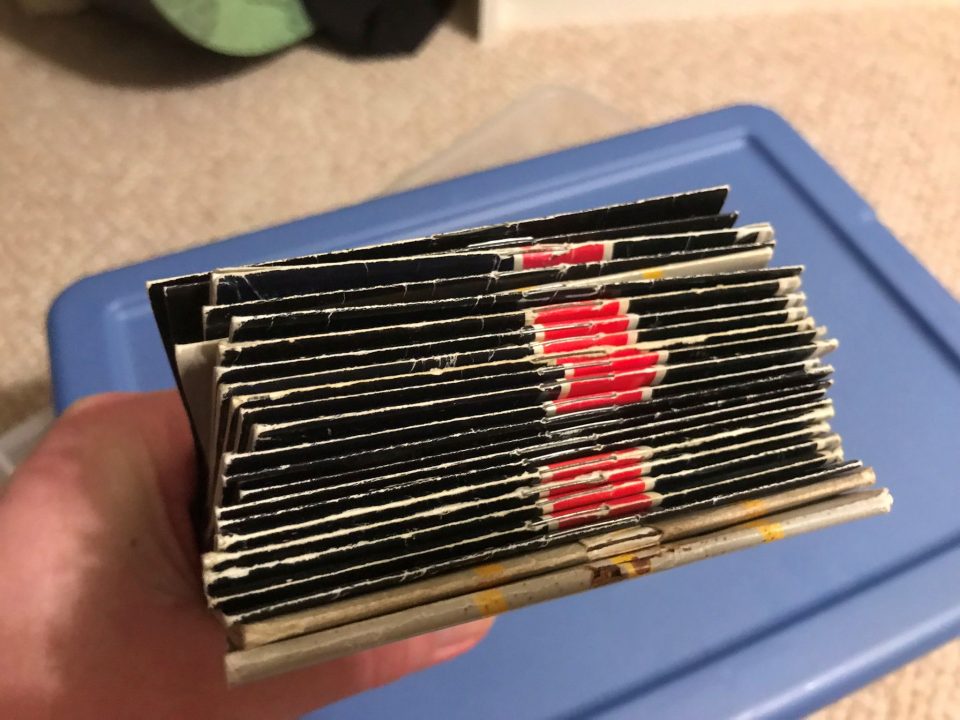


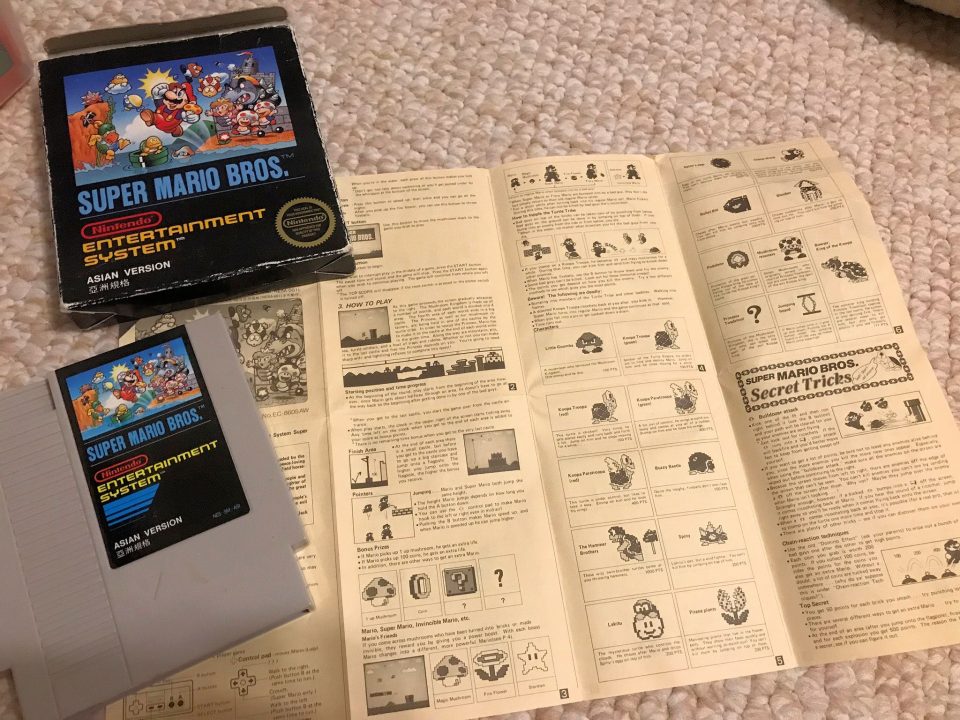
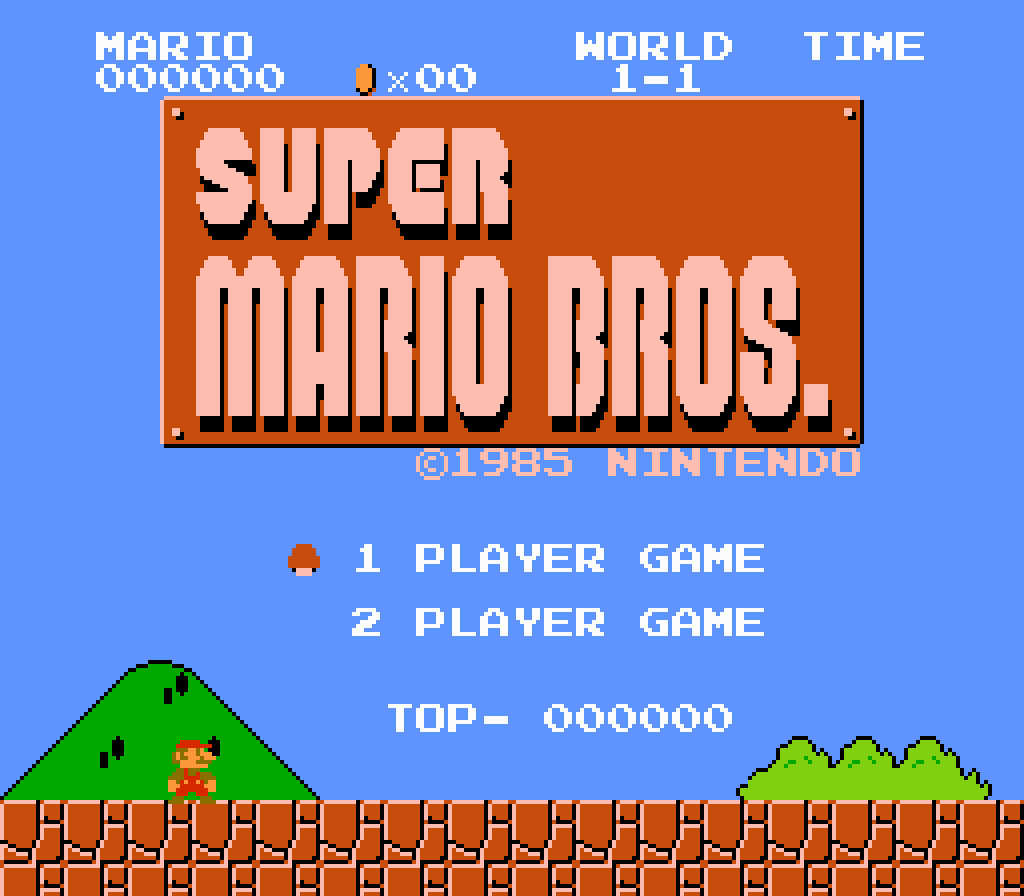
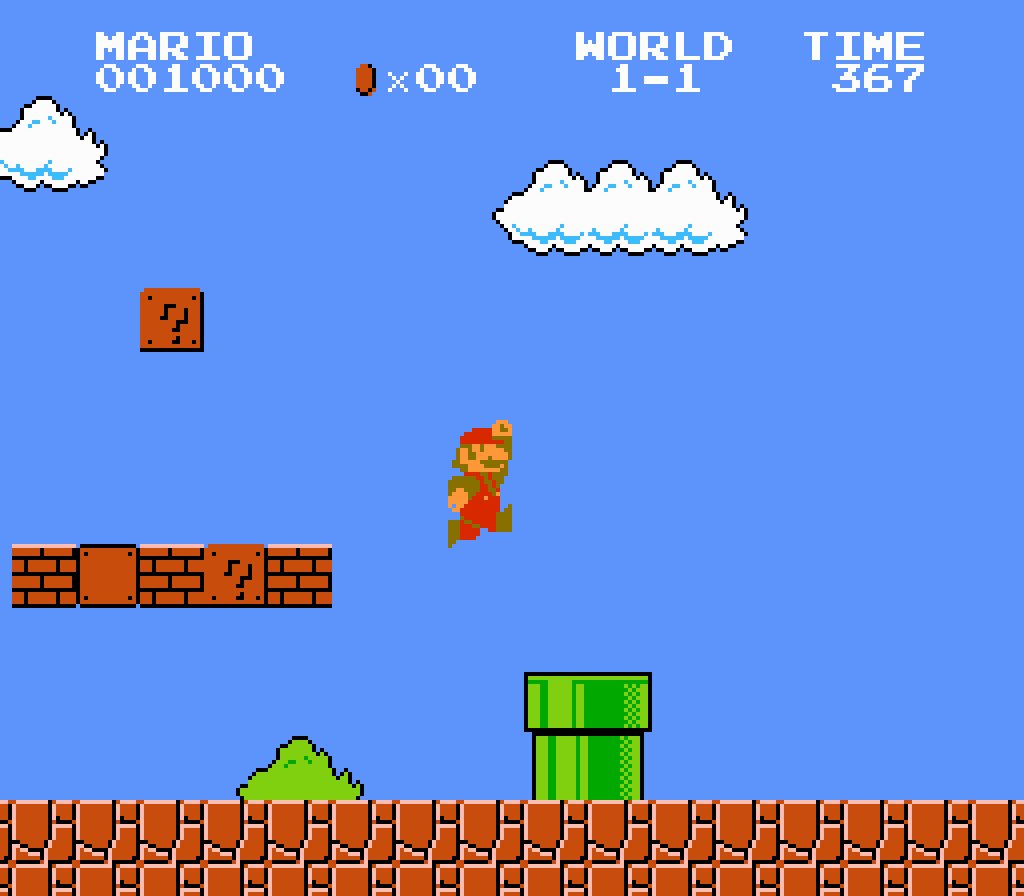
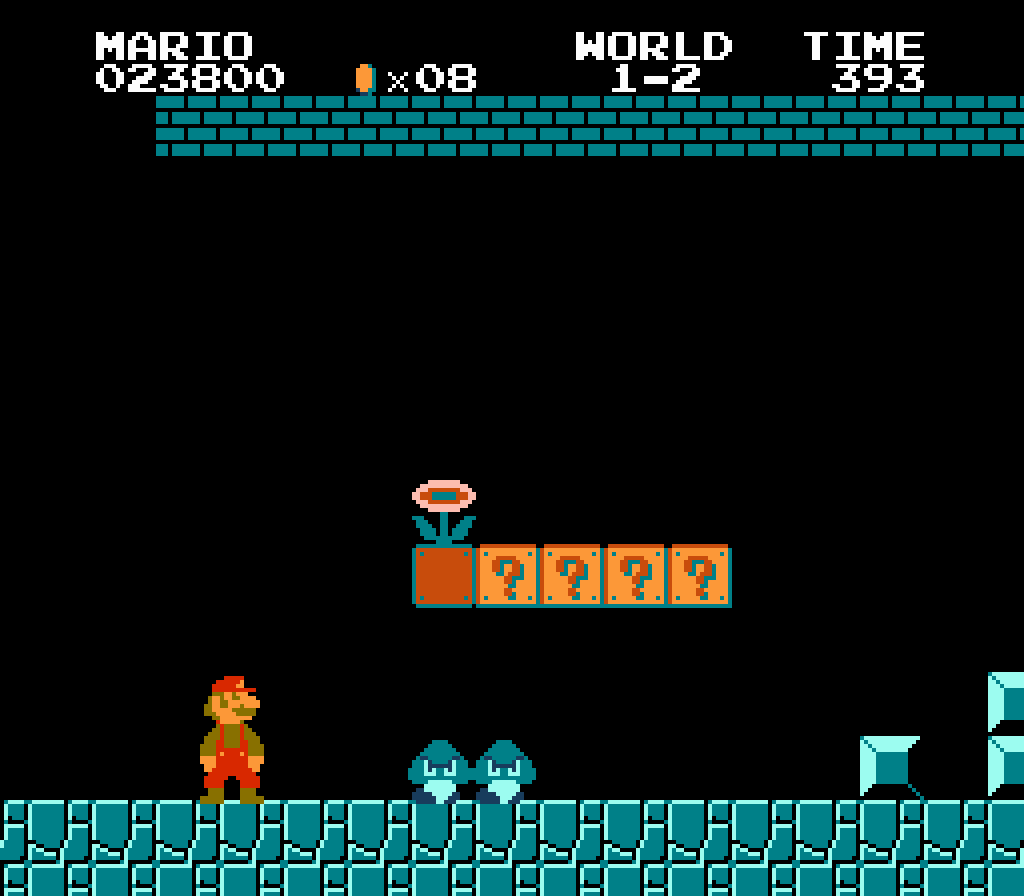
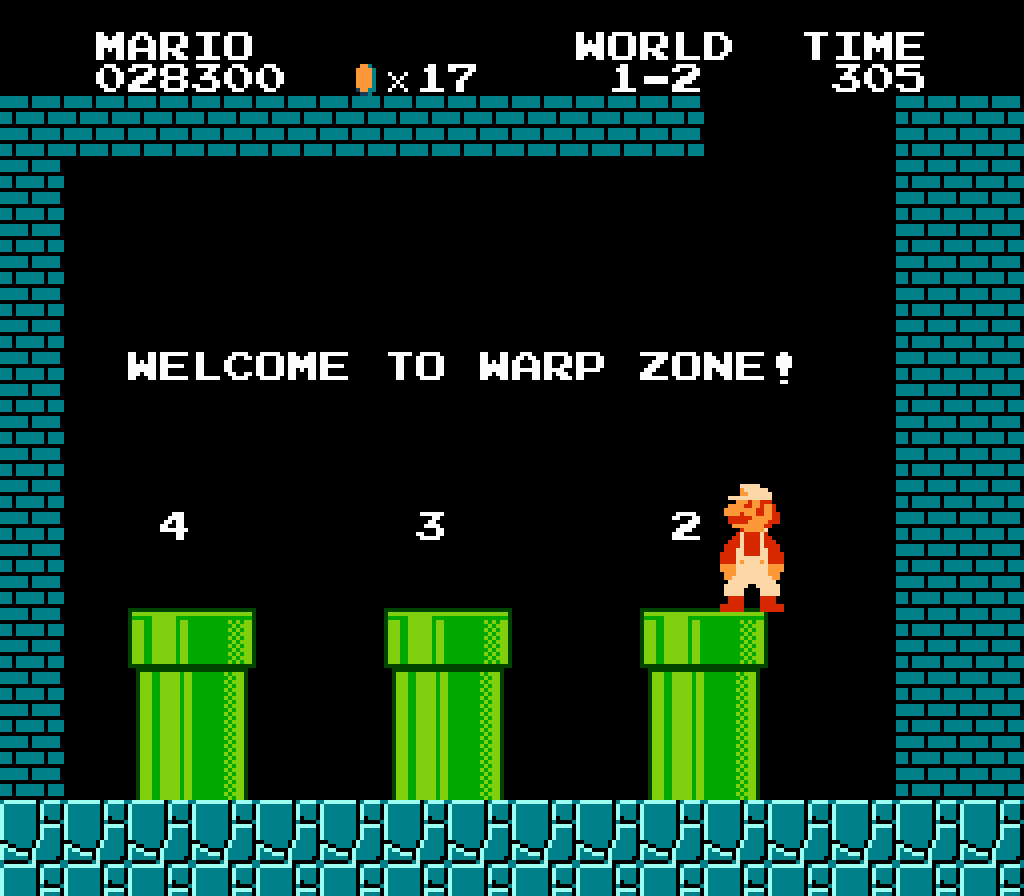
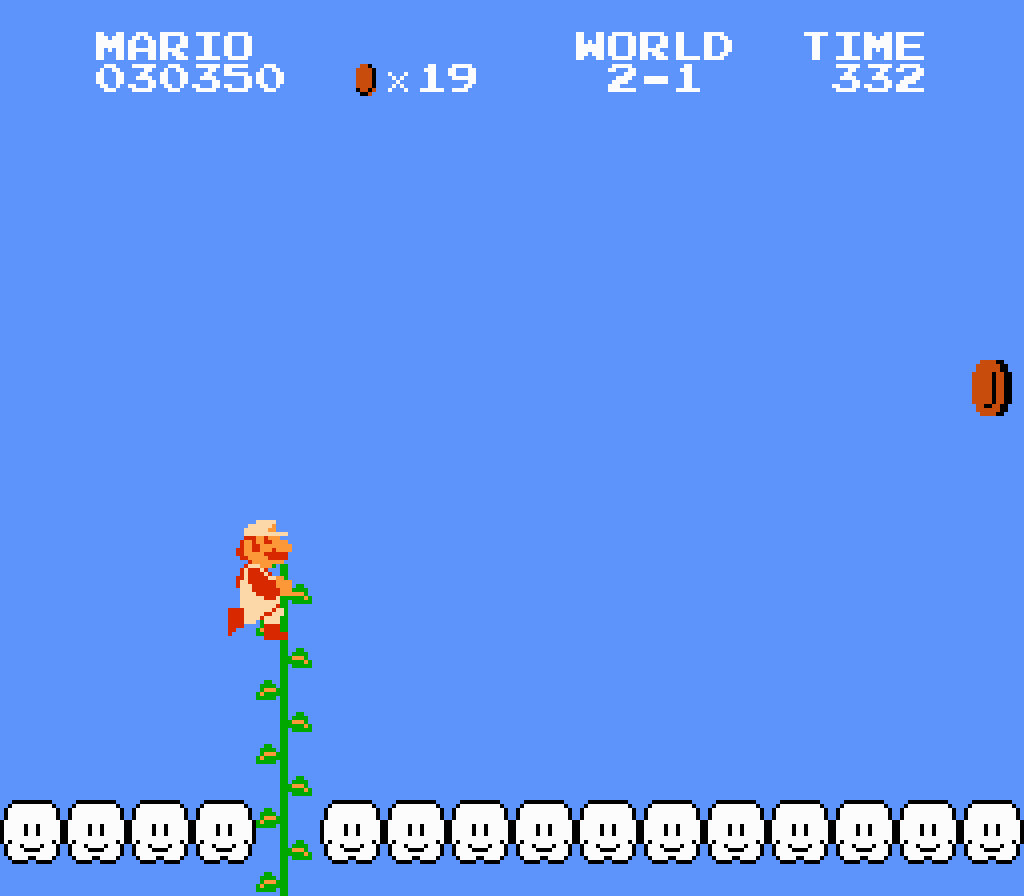
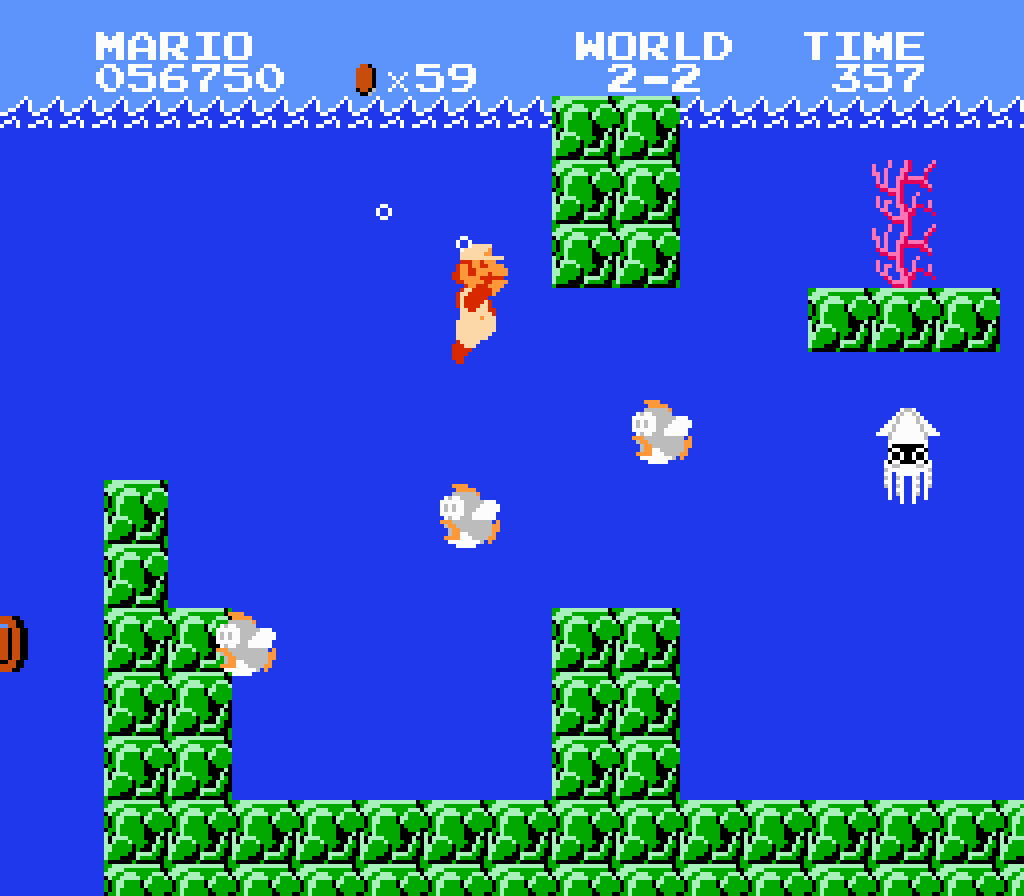
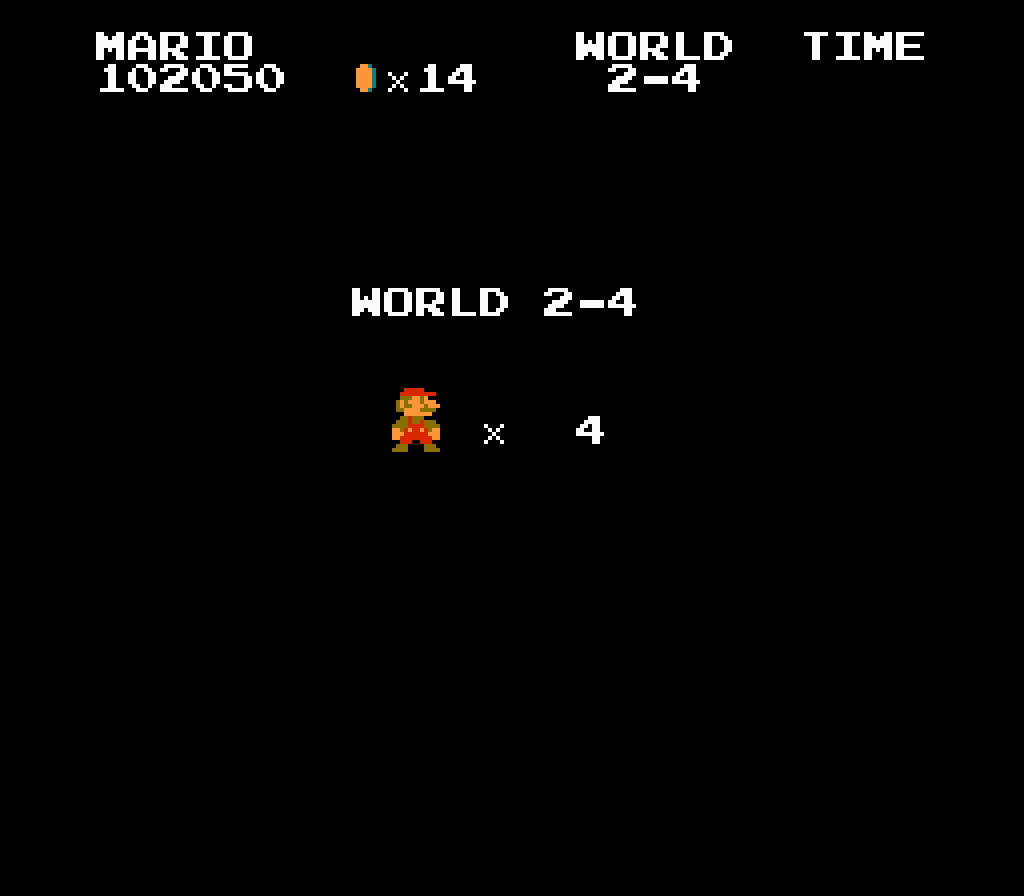
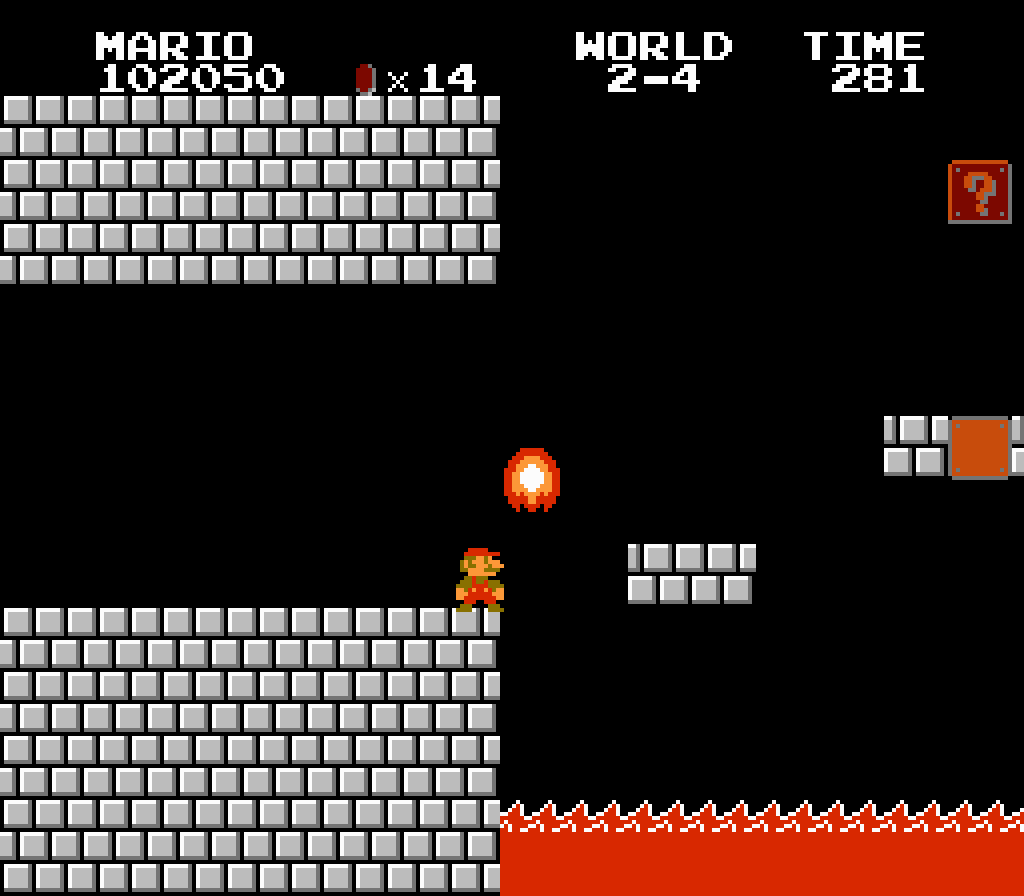
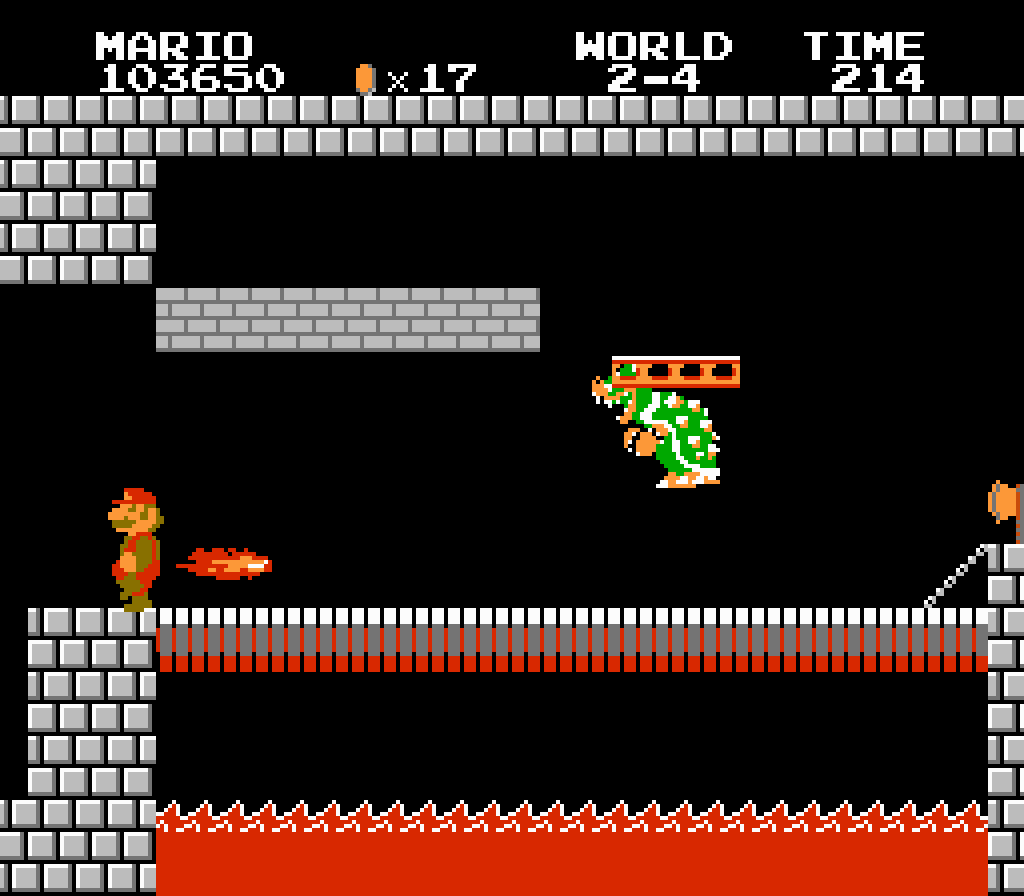
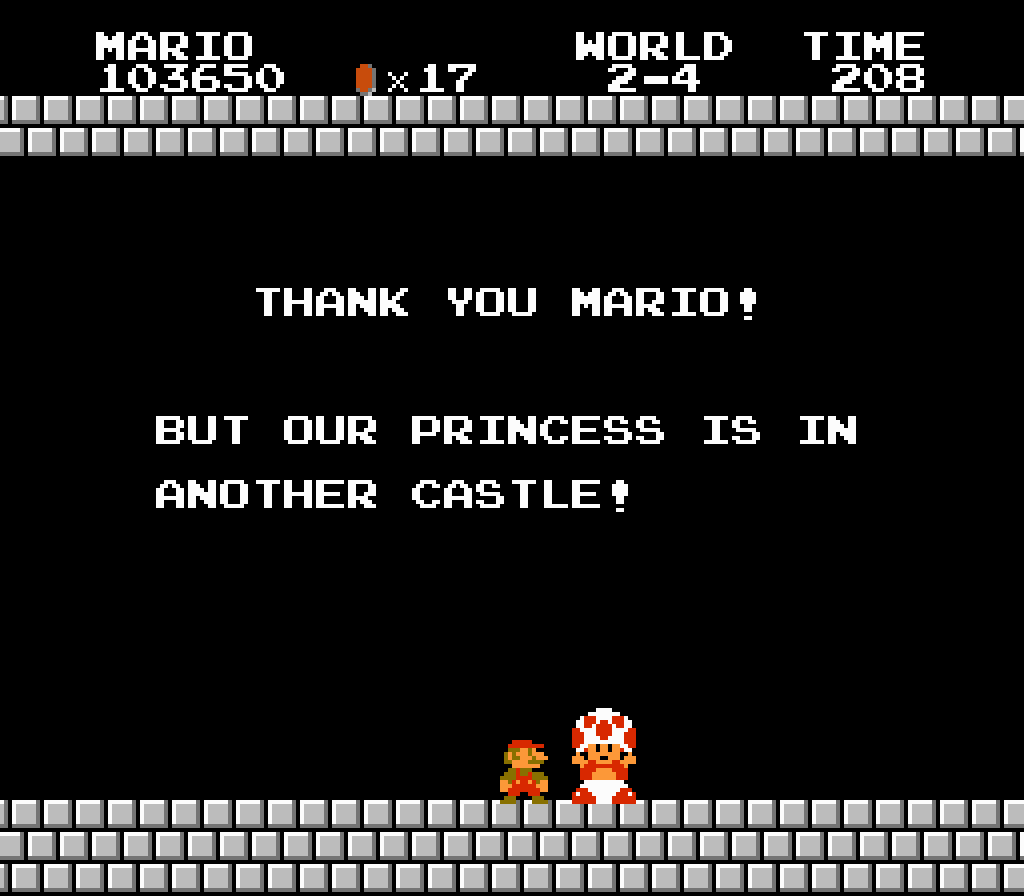
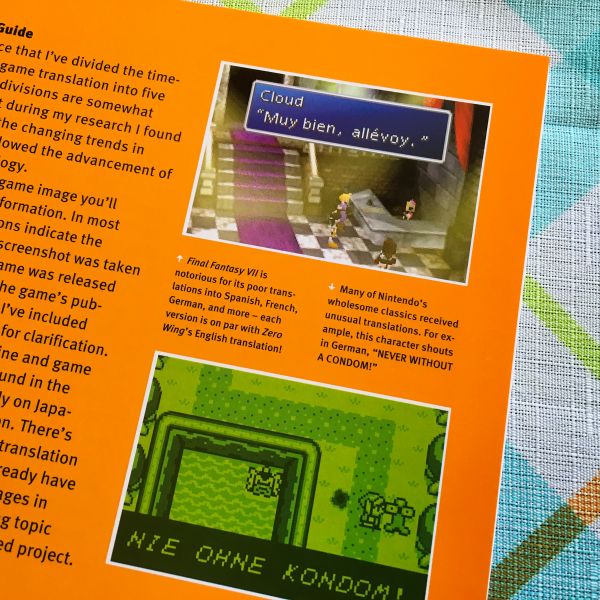


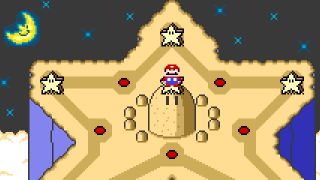
Manuals with misprint information is funny.
The UK Manual GameCube for Puyo Pop Fever mentions about choosing the English or Japanese voices. However, there is no voice language option, and the default is English. The text can be changed to English, French, German, Spanish, and Italian. I usually don’t mind English dubs, but Puyo Pop Fever has some very bad voice work with a very inaccurate translation. The strange part is the Japanese voices and text are still in the disc, so some twat disabled them in the PAL release: https://tcrf.net/Puyo_Pop_Fever_(GameCube)#Japanese_Mode
The UK Manual GameCube for Sonic Heroes talks about Korean being one of the supported languages (text only). Of course, no option can be selected. I did look inside the data, and there indeed text files for the Korean language (seems to be the case for all versions). Apparently it’s only used in the Windows version: https://tcrf.net/Sonic_Heroes#Revisional_Differences
Similarly, I remember the Megaman 3 manual had multiple sections that were, I believe, straight-up copy-pasted from the MM2 manual, as they referred to selecting difficulty level and a counter showing how long your password was supposed to be, neither of which were in MM3.
Speaking of Sonic Heroes, in NA at least, some of the manuals had Sonic’s age listed as 15, while others had it as… 8. Kind of a big leap! I think the 8-year-old Sonic mistake was specifically an issue with the PS2 version’s manuals, since the layout was totally different from the GC version.
This is a random fact, but I read the Spanish print (I’m a native) and it’s like super duper bad translated.
Greeting from Spain!
There’s absolutely no way it’s not a machine translation. Or done by someone with one english to spanish dictionary and zero care.
It was AD 198X, there’s absolutely no way it’s a machine translation.
The second option is a distinct probability, though.
It also has quite a few orthographic errors, so it was definitely made by someone who didn’t know much Spanish. Kind of reminds me of the infamous FF7 translation.
This is a random fact, but I read the Spanish print (I’m a native) and it’s like super duper bad translated.
Greetings from Spain!
Mine was misprinted too, just like this! I sold it a couple years back or else I’d be able to verify with evidence.
Speaking of manual misprints, the English manual for The Legend of Zelda: Phantom Hourglass calls Beedle “Terry”, like he is in every other language.
wow, that translation is a disaster, it barely even makes sense
given how many european translations just derivated from the en-us (instead of japanese), it is very likely this translation is based off the english misprint, so I’d say it does hint to its existence